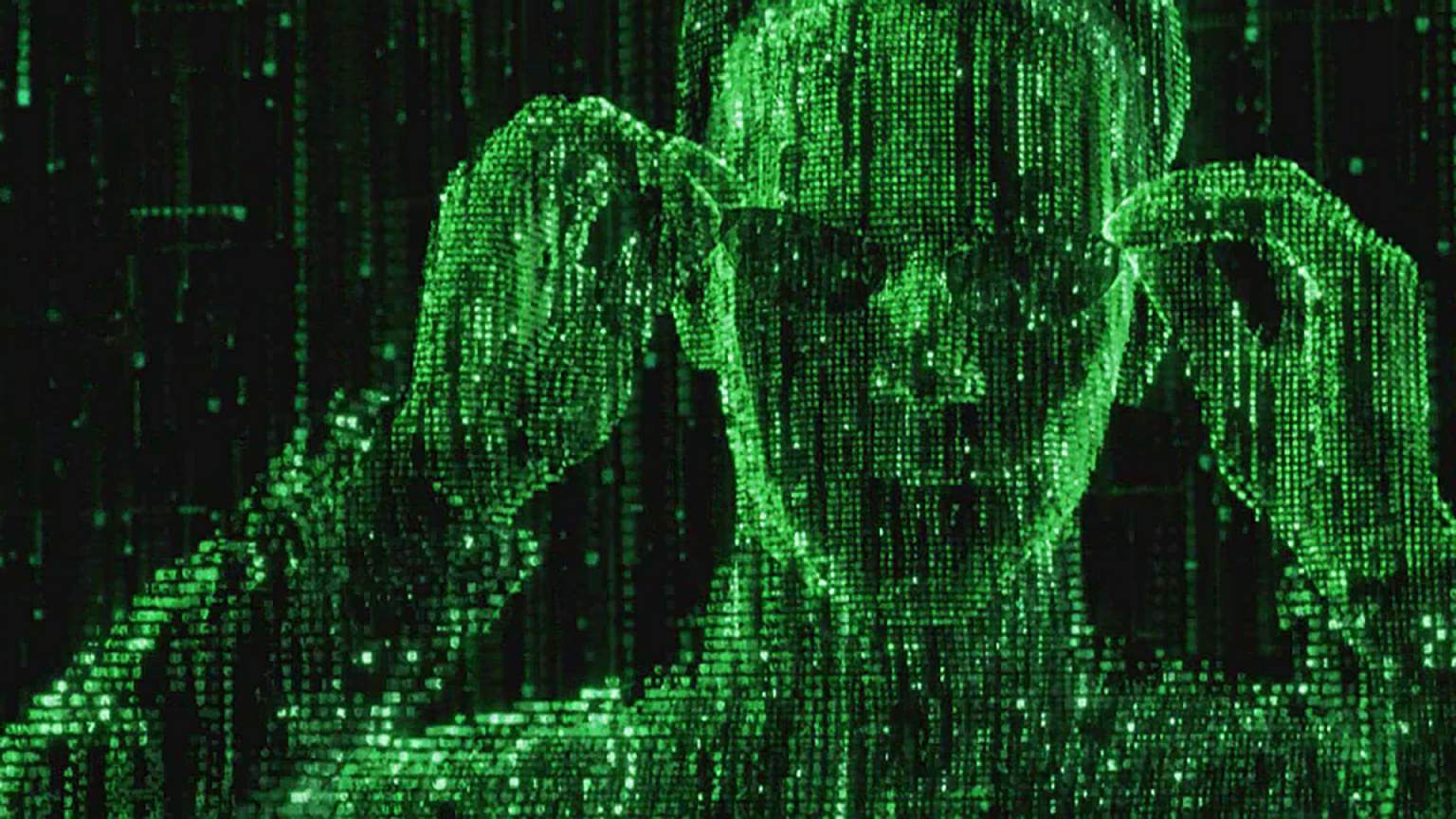There is a 50% probability that we live in a simulated reality, says an article published in the October, 2020 issue of Scientific American.

“The posterior probability that we are living in the base reality is almost the same as the posterior probability that we are a simulation, with the probabilities tilted in favour of the base reality by just a little bit,” explains Anil Ananthaswamy, author of the paper.
Among the evidence used to support his claim, the journalist specializing in scientific sources recovers the conclusions of an essay carried out by Nick Bostrom, a Swedish philosopher at the University of Oxford, in 2003, where he poses a scenario in which reality is composed by virtual beings generated by a computer.
Bostrom assumes that, in this situation, at least one of the following three statements is:
- Humanity always extinguishes itself before developing the ability to create a simulation of reality.
- If it were to achieve that capacity, humans have no interest in simulating their own ancestral past.
- The probability that we are living inside a simulation is close to one.
“It follows that the belief that there is a significant possibility that we will one day become posthumans running ancestor simulations is false, unless we are currently living in a simulation,” quotes Ananthaswamy.
Similarly, the journalist recovers the conclusions of a study conducted by astronomer David Kipping, from Columbia University. Based on Bostrom’s argument, the scientist calculated the probability of an event called ‘posterior probability’, based on an assumption about the object in question and assigning it a ‘prior probability’.
Likewise, he grouped the first two Bostrom postulates into a single dilemma, considering that, in both cases, the end result is that simulations are excluded. The two resulting scenarios indicate a physical hypothesis (without simulations), as well as another hypothesis of the simulation (there is a base reality and also simulations).
Kipping took into account that the physical hypothesis is a reality that does not generate new realities, although in the case of the simulation hypothesis, most of the simulated realities do not create new realities either, since, with each new simulation within another, the so-called real-world supercomputer would at some point exhaust its resources.
By applying all this reasoning to a Bayesian formula, which allows calculating the probability of an event, Kipping concludes that the scenario in which we live in a true reality is only slightly more likely than that of a virtual world.
The theory of simulation became widely known after the release of the film Matrix (1999), however, Ananthaswamy recalls that Plato speculated on the same possibility centuries ago.
In the same way, it highlights that the director of Tesla and founder of SpaceX, Elon Musk, is one of the best-known supporters of Bostrom’s proposals since he considers that the probabilities that we will not be simulated are “one in billions”.



